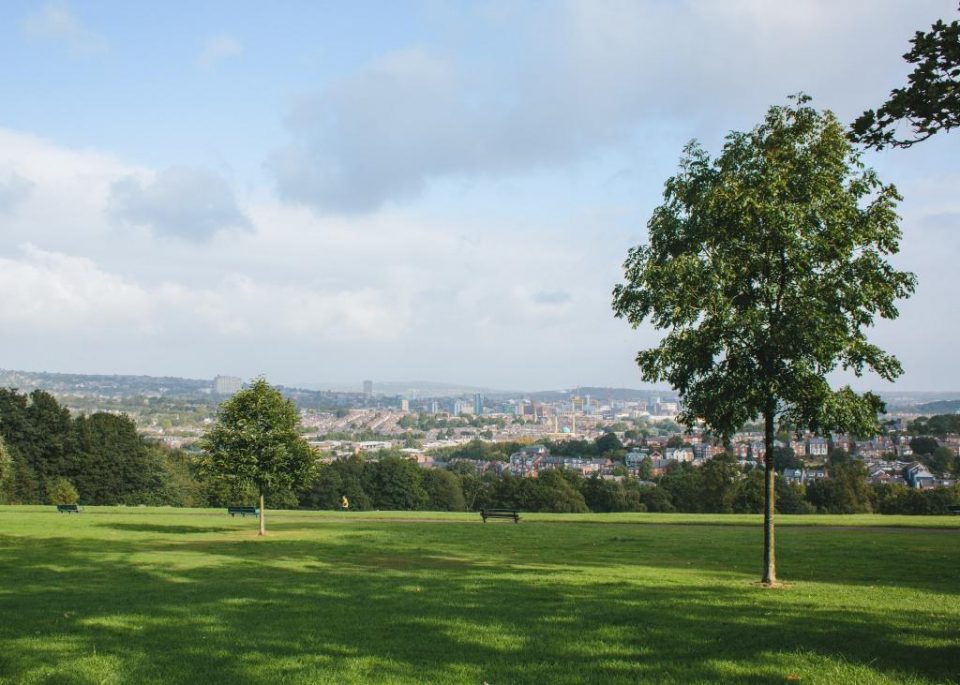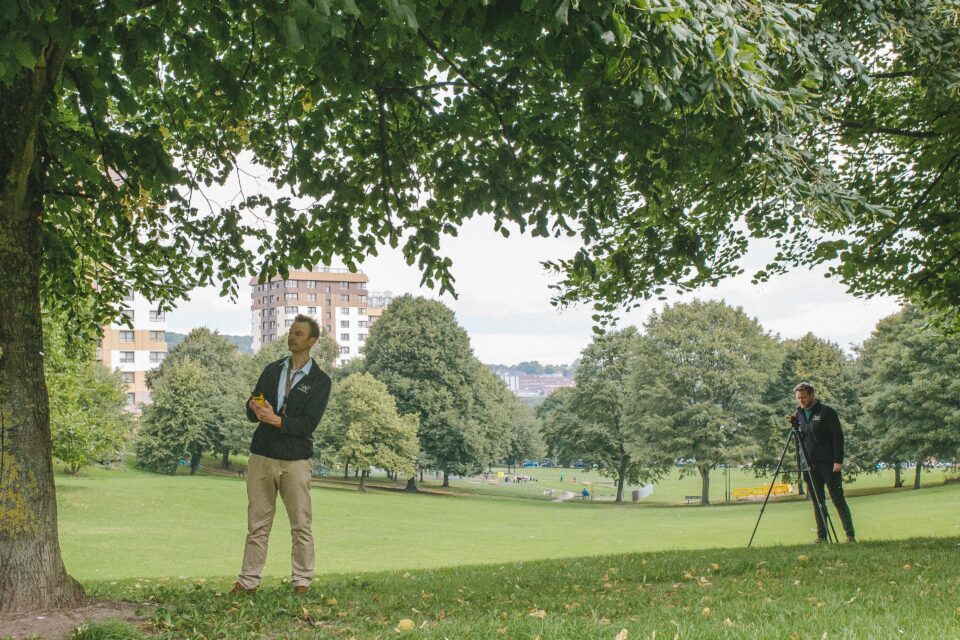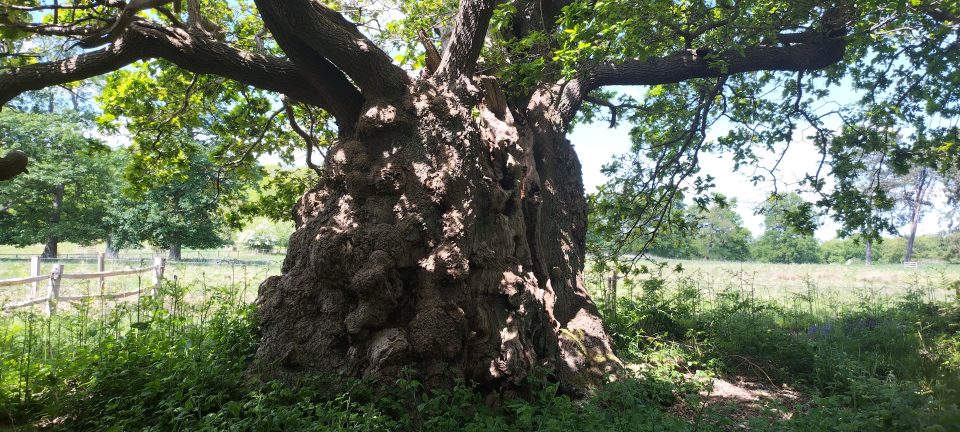
Are Tree Survey Reports Required for All Planning Applications in the UK?
3rd June 2025Biodiversity Net Gain and Tree Surveys for Planning
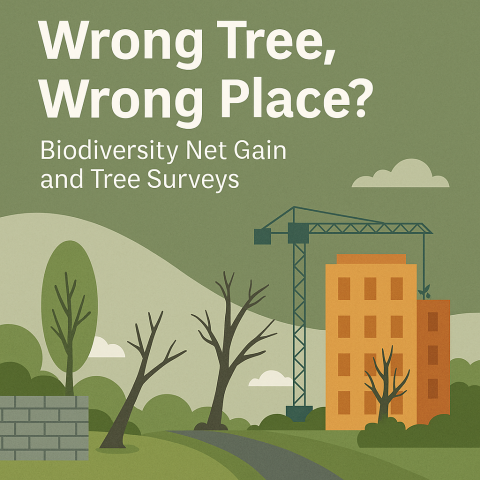
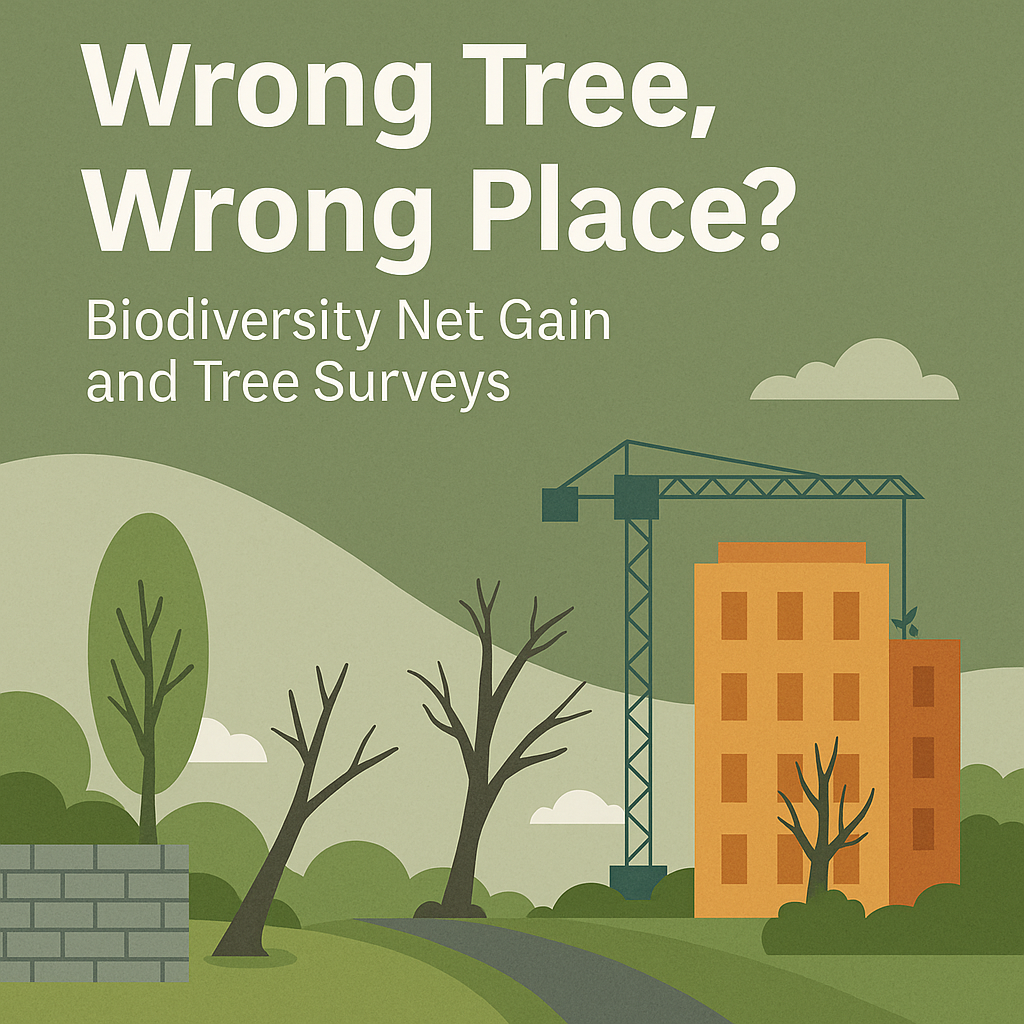
BNG and Tree Surveys for Planning
The Government is reviewing Biodiversity Net Gain (BNG) rules for small housebuilders—a move we think is long overdue. At AWA Trees, we’ve consistently observed how BNG’s well-intentioned aims often clash with the on-the-ground realities of managing trees in relation to development.
BNG is designed to ensure that new developments deliver at least a 10% net gain in biodiversity. But on smaller sites, the complexity and financial burden can be overwhelming. Even sites with minimal existing vegetation can face enormous compensation and replanting costs. Too often, this results in a panicked attempt to tick boxes just to meet the 10% target—regardless of whether it makes sense on the ground.
Box-Ticking vs. Good Arboriculture
In our experience, BNG’s implementation can easily become a box-ticking exercise, prioritising retaining every tree on site—no matter its condition, context, or long-term sustainability. The result?
- BS5837 Category U trees being retained at all costs, despite being dead, dying, or dangerous—only to be flagged for removal post-development due to risk.
- BS5837 Category C trees—offering minimal landscape or ecological value—being awkwardly squeezed into site layouts, compromising design and long-term viability.
Every year, we undertake hundreds of tree surveys for planning and development. Since BNG was introduced, we’ve seen countless cases of trees being inappropriately retained. Our reports often come back with uncompromising notes from ecologists trying to make the metric add up—despite our professional advice.
Some real-world examples include:
- A half-dead, leaning tree slated to be retained next to a new access road
- Mature Lombardy poplars left just a few metres from new homes
- Young ash trees with ash dieback growing out of walls and hardstanding kept within a new car park
All because the BNG metric overrides everything—including professional judgement.
Natives-Only Bias
BNG tends to favour native species planting, often crammed into small sites, at the expense of more resilient, diverse, and climate-adapted species. While native planting has its place, excluding non-natives is misguided and can lead to poor design outcomes. We’ve seen planting schemes trying to cram trees under the canopies of existing trees—where they’ll never flourish—or black poplar planted just yards from new homes. This highlights how metrics can override practicality.
Fast-Track Planning and the Need for Early Tree Surveys
The wider review also discusses fast-tracking planning decisions for small housebuilders. That’s an admirable goal—but it will also change how tree surveys and reports need to be prepared. Developers will need to identify tree constraints at the earliest stages—and if there are higher-value trees on site, a full Arboricultural Impact Assessment (AIA) will be needed up front to avoid delays.
We believe that for fast-track applications, tree officers need to be more pragmatic and supportive, ensuring that lower-quality trees don’t unreasonably hold up development. Tree officers’ roles must evolve from “saving every last sapling” to collaborating with arboriculturists and developers. By focusing on retaining key trees of high amenity or ecological value—and safeguarding space for new trees—we can deliver developments that respect both biodiversity and housing needs.
A Balanced Approach to Biodiversity Net Gain
At AWA Trees, we strongly support the principle of enhancing biodiversity. But the rigid application of BNG metrics is creating an unsustainable environment for small developers and placing unrealistic burdens on planners and tree officers. One arm of government pushes for new housing, while another imposes costly requirements that risk undermining delivery.
Our experience shows that small sites often struggle to achieve meaningful biodiversity uplift without shoehorning in inappropriate planting or retaining problematic trees. The Government’s review is a chance to realign BNG with practical, on-the-ground realities—ensuring that we truly enhance biodiversity while creating great places to live.
We need a balanced, evidence-based approach that empowers arboriculturists, tree officers, ecologists, and developers to work together and apply professional judgement. That means prioritising the right tree in the right place.


